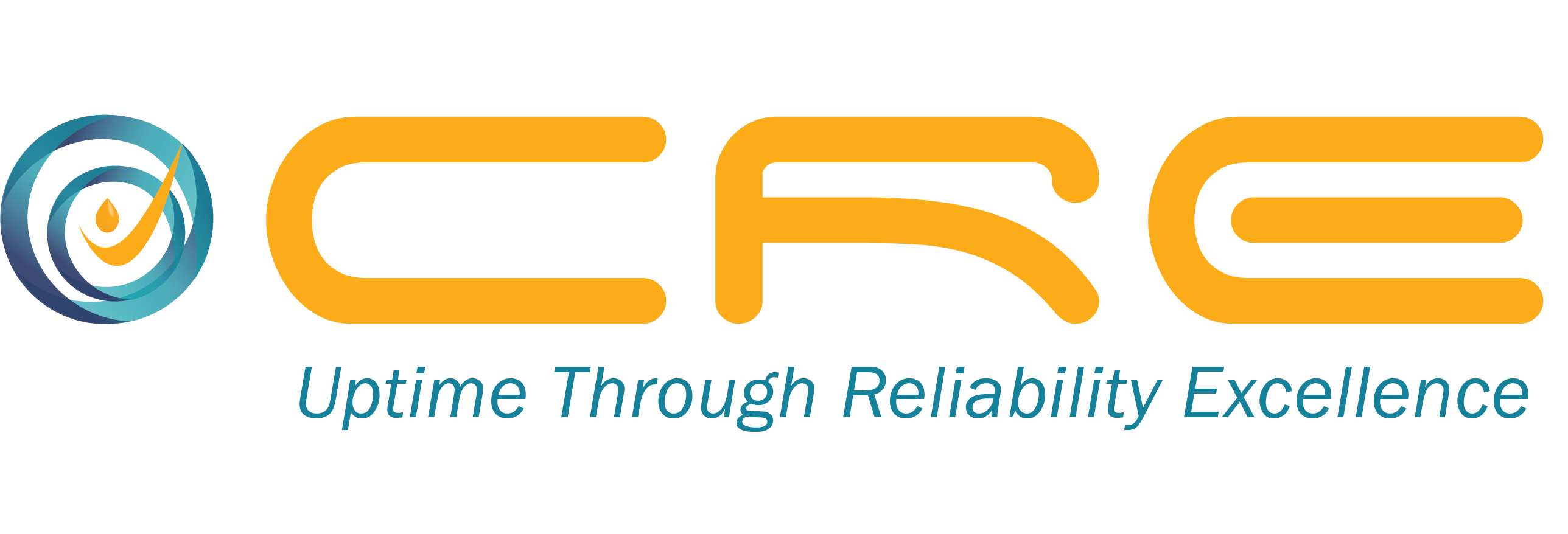It is important to provide a comprehensive and systematic vision of the project while implementing a structured lubrication program. This will increase reliability while lowering operating costs.
In order to produce the desired results, many factors would need to be considered together. The lubrication-related factors to consider can be defined according to the lubricant's life cycle, whether the program is for a fixed plant or a mobile fleet.
Select the proper lubricant
One of the first questions that arises when a new machine is turned on is what lubricant to use for proper operation and warranty cover. Recommendations are often sought from the equipment manufacturer's operating manual, technical support representatives, and lubricant supplier. Start considering the following when selecting the right lubricant:
- Required specifications and performance
- Possible lubricant consolidation
- Product packaging
- Needed stock for proper handling and application
- Lubricant identification across the plant
- Purchasing procedures
- Product delivery
Lubricant Reception and Storage
When a purchased lubricant arrives, it should be tested to ensure that it follows certain quality requirements and that it is in the correct quantity and package size. Routine tests on the new lubricant should be performed with a sampling plan with the required test slates and limits should be developed.
If the lubricant has been approved, it should be kept in a suitable location that allows the lubricant to last as long as possible while maintaining its integrity. The staff involved must ensure that the protection protocols and environmental awareness policies are followed. These specifications will be in place for the duration of the product's life cycle. This is also where proper lubricant identification starts.
Lubricant Handling and Application
When preparing the lubricant for use, careful handling can help ensure lubricant integrity, safety, and environmental protection. Filtering the fresh lubricant before use is a great preventative measure. To meet the cleanliness goals set for each product, high-quality filtration and dehydration systems will almost certainly be needed. A clean lube space, as well as sealed containers, appropriate equipment, adequate training, and detailed procedures, are also essential.
Lubricant application activities include all activities that aid in the proper application, administration, and examination of the lubricant while it is in use. Oil changes, top-ups, filtering, re-greasing, oil condition inspections, and machine condition inspections are all examples of these practices.
Each operation should be carried out in accordance with a timetable, with documents outlining the machine's status, safety protocols, and tasks to be accomplished, among other things. All practices should be backed up with adequate training and awareness.
Contamination Control
This strategic component of a constructive lubrication program is the most significant. It does not function in isolation from the other factors discussed here, but it is a necessity for the majority of the lubricant's life cycle. All procedures related to lubricant cleanliness are referred to as contamination control. Follow these three steps to ensure contamination control:
i. Target a specific and verifiable cleanliness level for each machine based on criticality and machine contaminant sensitivity.
ii. Modify machine and maintenance practices to restrict contaminant ingression. Then, select filtration to remove and control contaminant levels within the target.
iii. Frequently monitor contaminant levels to confirm that cleanliness is stable and well within the target.
Lubricant Analysis
Oil analysis is a great way to keep track of the oil and machine state. It aims to confirm the lubricant's quality and type, assess the lubricant's health/condition, estimate the lubricant's remaining useful life, identify and measure contaminants and excessive wear, identify and measure root causes of failures, and assist in the optimization of lubrication intervals and other maintenance activities. An effective oil analysis program includes:
a. Program Design
The oil analysis program should be created with particular objectives in mind. This includes machines to be sampled, laboratory selection, test slates, limits, sampling frequencies, interpretation of results, and corrective/proactive actions.
b. Program Setup
This stage entails making the necessary machine modifications for proper sampling procedures, setting up the oil analysis program with the chosen laboratory, and providing the necessary training and equipment for those in charge of oil sampling and lab report interpretation.
c. Field Implementation and Continuous Improvement
This involves collecting oil samples, recording the procedure, and sending samples for analyzation. After obtaining the findings, it is important that you understand your report and you act on the recommendations proactively. A periodic review of the program is also needed to ensure its effectiveness, as well as identifying areas for improvement.
Lubricant Disposal
Practice proper disposal of used lubricants and contaminated materials like oil filters. Dispose them in accordance with local laws and corporate policies. This aims to keep the facility clean while protecting the environment.
Controlling lubricant leakage is crucial for machine operation, safety, and environmental protection. A good leak detection and control software should be in place. This form of program has many advantages such as:
- Reduced lubricant use
- Reduced safety risks
- Reduced risk in lubricant starvation
- Reduced environmental pollution
- Increased efficiency
- Lower cost
Want to know how your lubrication is faring? Answer our free lubrication program audit now and find out how far your program is from the golden standard of lubrication program and which area you need to work on.
Source: machinerylubrication.com



